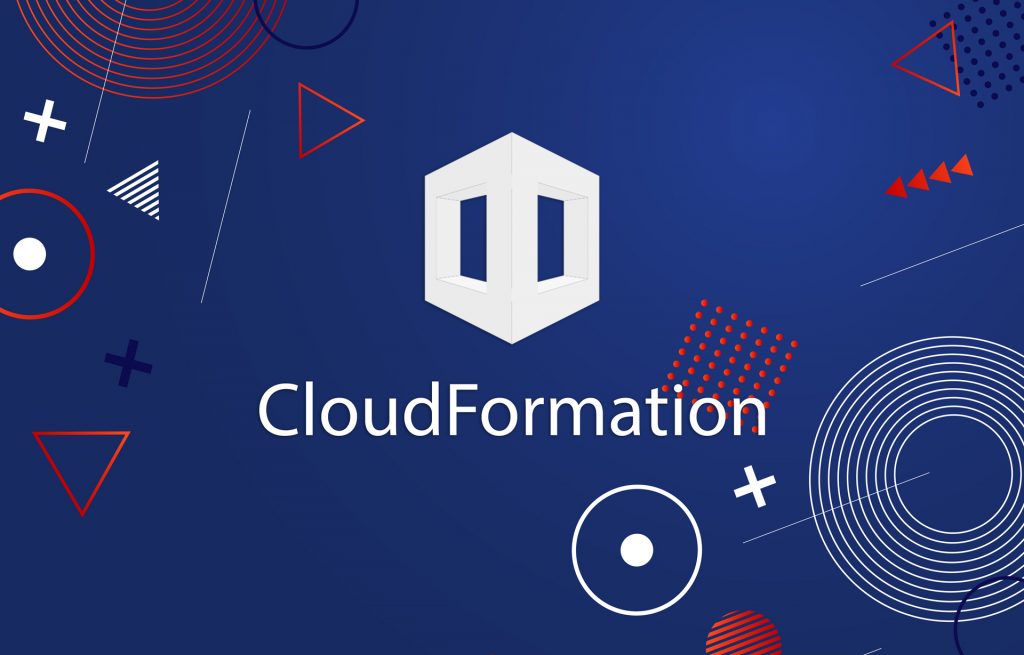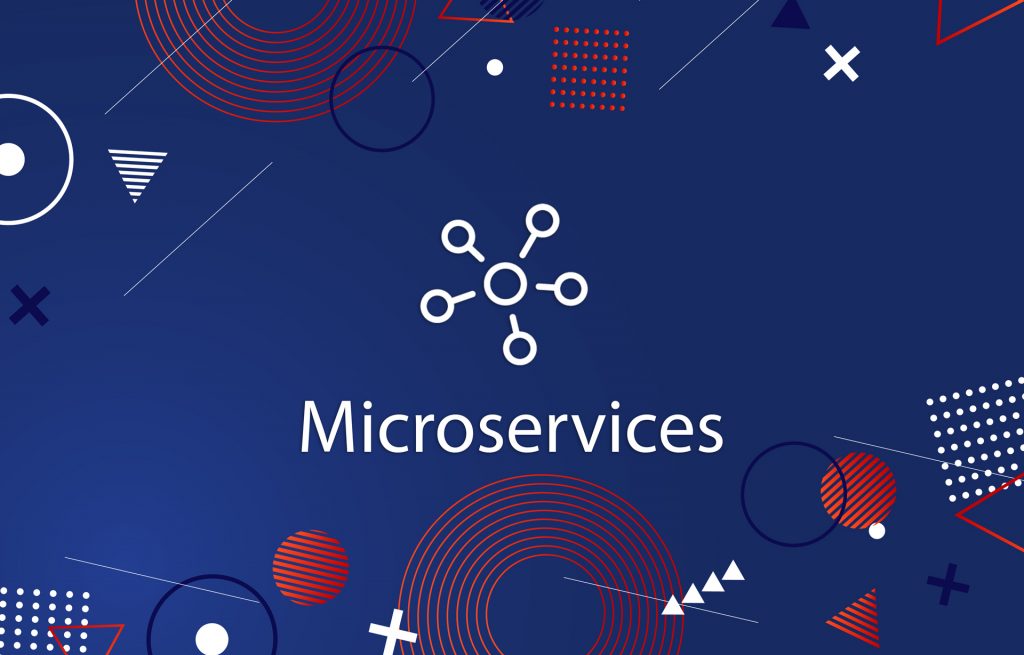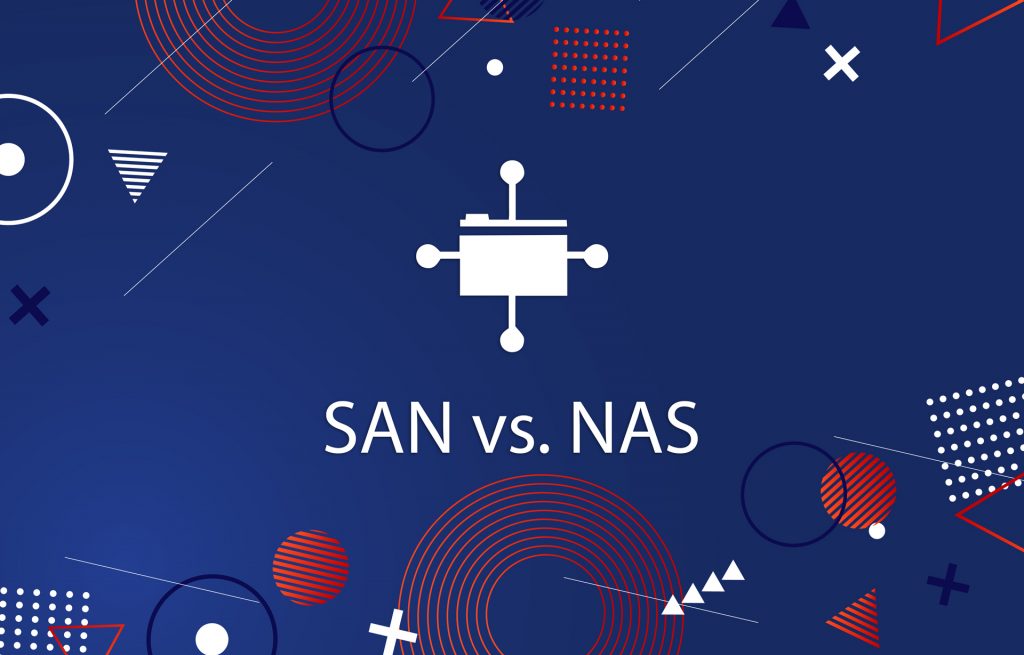Manual server configuration is a tedious and time-consuming process. Sysadmin spends so much time on installing the components needed. Though system administrators mastered their routine configuration processes, and they can complete them with closed eyes, there is a better way to do it today.
We live in the time when all the manual work is replaced with automation. The same is possible with server configuration. Infrastructure as Code means writing code to manage configurations and automate provisioning of infrastructure in addition to deployments. IaC doesn’t only imply writing scripts, but it also comprises working with different software practices that are already included in the project such as version control, containerization, automated testing, etc. With IaC tools your configuration management have the possibility to run on almost anything, from a local machine to local physical servers, cloud and virtualization tools.
IaC is one of the most successful DevOps practices since it facilitates the configuration process and instead of system administrators, such tasks can be managed by developers. Automation makes it more efficient and solid, while eliminates manual work and with it the possibility of errors and confusion. At the same time, projects are delivered with flexibility, less downtime, and in cost effective way.
Terraform for Server Configuration
Among many other tools for server configuration Terraform stands out. This tool is designed for building, changing and versioning infrastructure. Terraform works in the following way: a system administrator (or DevOps engineer) writes configuration files from which Terraform retrieves the component needed for a use case. It generates an execution plan taking into account every detail it should do in order to build the desired infrastructure. Terraform focuses on infrastructure and provides a simple, unified syntax, and as a result, there is no need to learn a new tool for resource management.
Terraform provides such features.
Infrastructure as Code
Terraform is configured using a high-level, expressive configuration syntax to describe the resources that compose your infrastructure. It means that with a single code you can manage multiple servers.
Execution Plans
As mentioned above, Terraform generates an execution plan from configuration files. Thanks to it, a system administrator will know what changes can be applied and will see upfront if there may be any possible issues.
Resource Graph
Once you make it all run, Terraform can also take care of creating and modifying your resources by building resource graphs.
Change Automation
Resource graph and execution plan simplify the automation and a sysadmin should not check and change everything manually, but simply consider what changes both execution plan and resource graph foresee.
Use Cases
- Multi-Tier Applications
- Self-Service Clusters
- Multi-Cloud Deployment
- Disposable Environments
- Software Defined Networking
- Software Demos
- Resource Schedulers
- Heroku App Setup
Terraform’s value
This tool enables forming of infrastructure configurations into a version-controlled code. Terraform handles all the settings of underlying infrastructure resources and services required for automation tools to effectively do their jobs while such automation tools as Puppet and Ansible automate only the provisioning of nodes (servers, applications, etc., also another great tool from HashiCorp called Packer could be used in conjunction with Terraform).
Moreover, Terraform is a great multi-cloud solution. Terraform supports all cloud vendors and allows to smoothly combine resources from multiple providers. The tool is also much appreciated for easy implementing infrastructure changes and visualization (plans and graphs).
Conclusion
Terraform is a universal tool for Infrastructure as Code which provides the most important features out of the box. With Terraform sysadmins, developers, DevOps engineers can configure a development environment via code reliably and at scale.
Removing a manual component reduces many risks. Human errors such as misconfiguration are eliminated, security violations are prevented. Automation accelerates the process and, respectively, it reduces the costs. It is a great example of DevOps tools implementation as Terraform enables DevOps engineers to test applications in production-like environments at an early stage of the development process.





